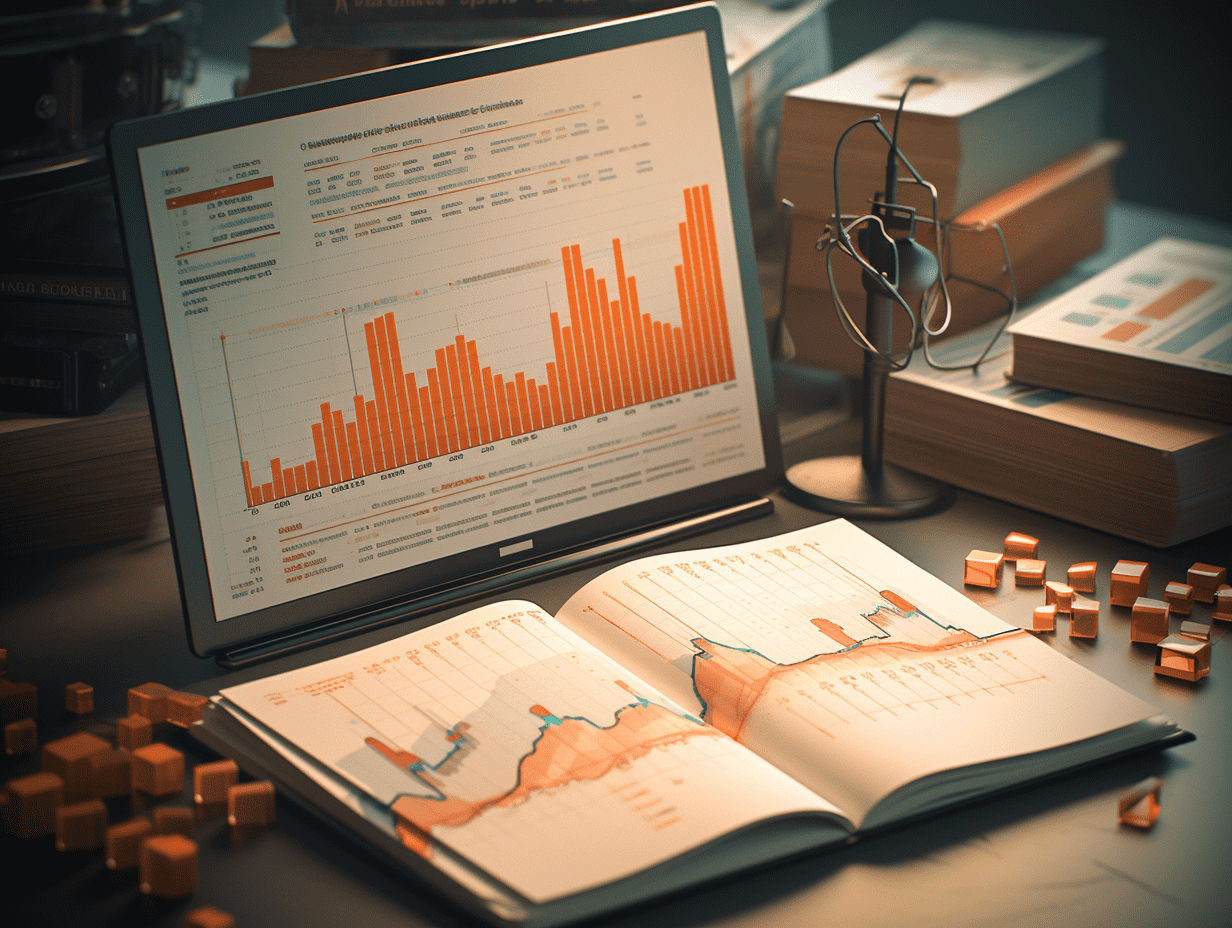Canalys: Global wearable wristband device market shipments stable at around 44 million units in the second quarter.
Canalys' latest data shows that in the second quarter of 2024, the global shipment of wearable wristband devices will remain stable at around 44 million units.
Canalys' latest data shows that, in the second quarter of 2024, the global wearable wristband device market shipments remained stable at around 44 million units. Looking back to the pandemic period, the urgent demand for health tracking functions (such as heart rate and blood oxygen monitoring) has strongly driven the rapid expansion of the market. In the process of market development, basic wristbands quickly became the main category, attracting consumers who seek specific functions and affordability. However, consumer preferences are constantly changing.
After the end of the pandemic, as people's awareness of health becomes more comprehensive and goes beyond just blood oxygen levels, consumers gradually begin to desire a more detailed understanding of their own health condition. At this time, basic wristbands start to show declines in meeting outdoor and different environmental needs. This shift has led people to increasingly prefer more advanced watches (basic watches and smartwatches), causing a significant decline in the market share of basic wristbands. As of 2024, watches account for over 80% of the global wearable wristband device market.
In terms of price, there is a clear polarization emerging. The demand for feature-rich but budget-friendly watches continues to rise, driving the market share of products priced under US$200 from less than 40% in 2022 to nearly 60% in the second quarter of 2024. Meanwhile, the high-end market (priced at US$700 and above) is also developing, with shipments exceeding one million units. This trend highlights consumers' strong demand for high-end smartwatches. Apple's Watch Ultra series is a strong example, showing how high-end products can successfully attract consumer interest.
The main applications that drive consumers to adopt wearable wristband devices can be roughly divided into four major areas: sports and fitness, health monitoring, fashion and design, and daily use. Each application highlights different requirements for display technology.
OLED: The preferred choice for outdoor applications
The advancement of display technology is crucial for enhancing user experience, especially in sports and fitness. Consumers continuously demand better visibility under bright conditions, slim design, low power consumption, and improved overall visual quality, which accelerates the adoption of OLED technology (known for its vibrant colors and energy efficiency). Currently, approximately 60% of watches are equipped with OLED display technology. As costs decrease, this technology is increasingly being used in entry-level devices priced under US$200, occupying 30% of the market share.
The impact of display technology on health monitoring
The health monitoring functions of wearable wristband devices are also constantly evolving, thanks to iterative upgrades in technology for better visual processing of data and information through larger screens. Currently, watches with screens larger than 1.8 inches account for about 40% of the entire watch market, showing that consumers prefer larger screens.
Considerations for fashion and design
Square and rectangular dials have always been the mainstream in the mass market, mainly due to their practicality and ease of use. These watches have clear, intuitive displays that can be easily operated with a touch, making them popular among ordinary consumers and children.
Round dials have been steadily growing and currently hold about 30% of the market share. While round dials are popular, there are some challenges in how to best display information through the optimal screen area. Manufacturers are constantly optimizing dial designs and interface layouts to balance fashion, readability, and usability.
Differentiating with displays and dials
Major manufacturers in the wearable wristband device market strategically use design, display technology, and aesthetics to embody their brand concepts and attract target audiences. Apple Watch is known for its clean, efficient user interface that seamlessly integrates with Apple's ecosystem, resulting in a highly sticky user experience. Samsung's Galaxy Watch offers a variety of dials from digital to traditional styles and features distinctive bezels that combine functionality and visual appeal. Garmin focuses on detailed fitness data and navigation features in product design, showcasing the brand's strength in fitness and map navigation.
Display technology will change the way users interact with watches
Given users' demand for instant communication and seamless interaction, manufacturers are facing the challenge of enhancing interaction. Higher expectations for easy access to functions lead them to optimize devices for frequent use. While many manufacturers aim to develop applications and plugins, only a few can effectively master unique screen sizes and user interface design to meet user needs. They are focusing on improving screens with higher refresh rates and optimizing the interaction interface to create a more intuitive screen layout, ultimately aiming to enhance user interaction activities and overall experience.
Related Articles

Reebio's testimony: Strong technological barriers coupled with specialized and efficient pipelines, Hong Kong market welcomes scarce innovative drug targets.

New stock news | Jin Xun Group passed the hearing at the Hong Kong Stock Exchange and ranks fifth among China's cathode copper producers.

New Stock News | Jingfeng Medical has passed the hearing of the Hong Kong Stock Exchange and is committed to designing, developing, and manufacturing surgery Siasun Robot&Automation.
Reebio's testimony: Strong technological barriers coupled with specialized and efficient pipelines, Hong Kong market welcomes scarce innovative drug targets.

New stock news | Jin Xun Group passed the hearing at the Hong Kong Stock Exchange and ranks fifth among China's cathode copper producers.

New Stock News | Jingfeng Medical has passed the hearing of the Hong Kong Stock Exchange and is committed to designing, developing, and manufacturing surgery Siasun Robot&Automation.






